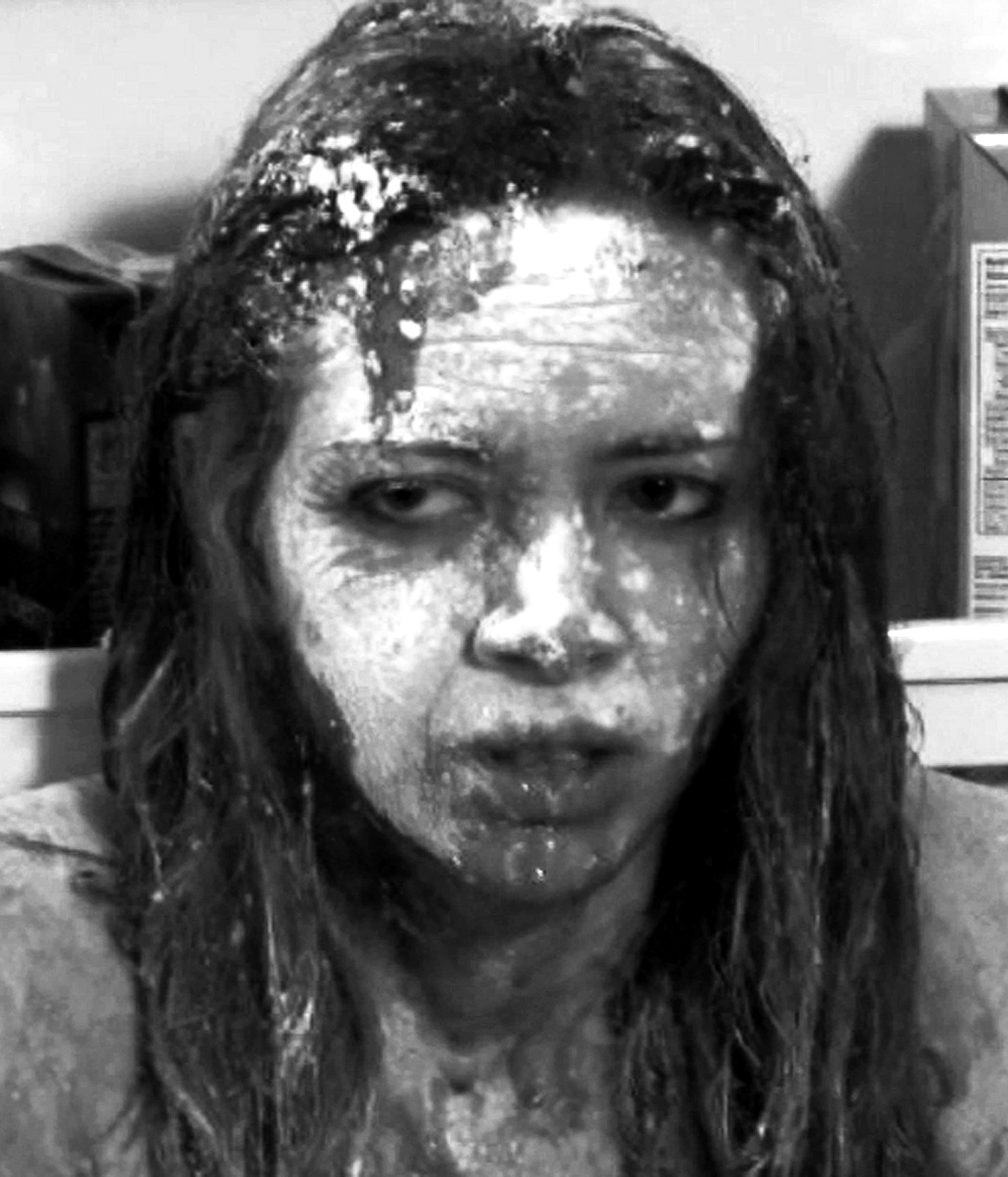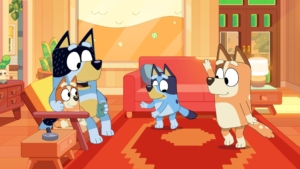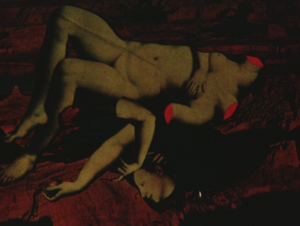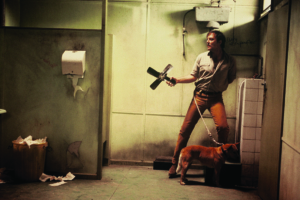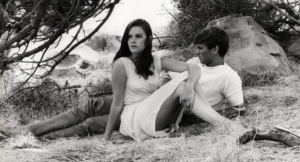In Australia there is a growing yet hidden film scene running parallel to the dominant industry. This hidden world is characterised by filmmakers who self-finance movies, shooting guerrilla style and working with crews drawn from a combination of film-school dropouts, enthusiastic amateurs and professionals honing their trade between gigs. These films are almost invariably produced on incredibly low budgets, often shot on borrowed equipment (frequently, though not always, digital) and predominantly edited using home computer technology. Filmmakers such as Stuart Simpson, director of the multi-award winning El Monstro Del Mar! (2010), and Richard Wolstencroft, director of The Beautiful and Damned (2010), are screening their works at genre and underground film festivals and at independent screening spaces and four-walled cinemas. These filmmakers operate in a zone that frequently negates the familiar local funding and distribution networks in favour of realising a more immediate cinema that directly reflects the aims and ambitions of the creators. This network functions globally, with alternative screening venues in many towns and underground festivals in many cities. Despite this, it is barely recognised within most of the discourses around contemporary Australian film.
Director/writer Stefan Popescu and producer/production designer Katherine Berger completed their first feature in 2006 (the psychological horror movie Rosebery 7470),and in 2007 they launched the Sydney Underground Film Festival to promote other emerging talents whose work falls beyond the boundaries that demarcate mainstream cinema. In the winter of 2010 the duo completed their second feature, Nude Study. Shot in both Australia and Canada, Nude Study was completed for just A$10,000 and has screened at festivals on three continents, recently winning an award for Best Foreign Drama Feature at the 2010 Atlanta Underground Film Festival.
Avoiding the mumblecore genre that has become the common territory for independent narrative features, Nude Study focuses on the journey taken by artist and filmmaker Sarah (played by both Victoria Moss and Jackie Alixander) following two traumatic personal events: a miscarriage and the death of her mother. Believing that she is trapped in a cycle of death and surrounded by uncommunicative men, Sarah leaves the familiar yet suffocating comforts of suburban Australia’s endless summer and travels to small-town Canada in an attempt to cope with her loss. Driving (almost literally) to the end of the world, she finds herself in Dawson City, a town in the snowy wilderness of the Yukon with a population of less than 1500. Here she finds employment at a small video dating company, which in part inspires her to undertake a series of 16mm nude studies. Filming Lyndsay (Kathryn Foran), a bored twenty-something woman surrounded by emotionally dysfunctional and sexually aggressive men, Sarah starts to examine her own relationships to gender, sexuality and the visual image. As her film project develops the two women become closer, seeking mutual solace in their increasingly complex creative relationship.
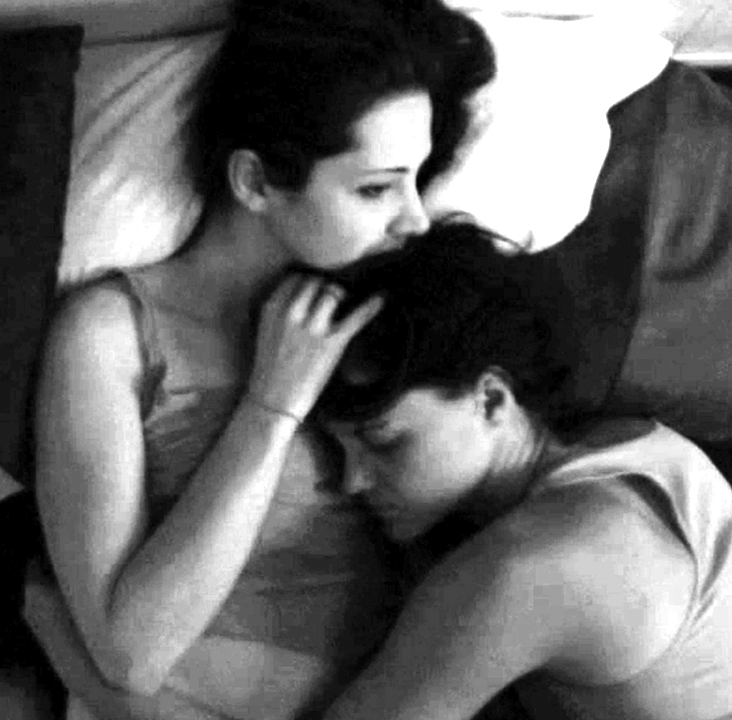
The narrative explores creative practice, geographical and emotional isolation, and love and desire, and draws upon Popescu’s own personal experiences. He cites the death of his mother as one driving aspect of the film, acknowledging that ‘There was a lot of feminine influence’ during the scriptwriting process. The director also drew on his readings of academic feminism and theoretical explorations of the female body:
I guess you come from a woman’s body and you can never as a male have a child, so it was kind of about that … I could have written it about a guy, but it was more about a woman giving birth to a girl who had a miscarriage. It was more about life than death.
During the writing process Popescu repeatedly discussed the script with the cast, explaining that ‘Once I had written the characters I ran it past the people who were going to act as well, so it kept changing … they had a lot of input.’ This input continued during the shoot with the dialogue being continually developed and negotiated on set. Dividing the shoot into two parts – first in Canada then Australia – meant that the writing process continued throughout, including what Berger describes as ‘a full re-write’ of the Australian sequences ‘in light of what we shot in Canada’. This writing process continued through to the edit. ‘It constantly had to be re-written to make it more realistic to some degree,’ says Popescu.
Dividing the shoot into two parts – first in Canada then Australia – meant that the writing process continued throughout, including what Berger describes as ‘a full re-write’ of the Australian sequences.
Popescu is also interested in the way that cinematic narratives construct and engage with the representation of gender, and he wanted to explore this within the film. ‘The lead character is quite masculine in her traits,’ he says. ‘I wanted to play with gender stereotypes.’ He is careful to point out that all the males in Nude Study are emasculated, explaining that ‘I don’t think there was a “good” male character in the whole thing.’
To build on and emphasise the themes of mutability, identity, gender and the evocative nature of the visual image, the film casts two women in the role of Sarah, with Alixander portraying her incarnation in New South Wales and Moss in the Yukon. Such unconventional casting also indicates Popescu’s interest in experimental film and helps to position Nude Study within a more experimental terrain. Canadian co-lead Foran, who plays Lyndsay, had no acting experience prior to this film. She was cast the day before shooting commenced in Dawson City following a conversation with Popescu in a local bar. The rest of the Canadian cast were found through open casting calls in the small community in which the film was shot, with the enthusiastic locals anxious to participate in the production. (The residents of the town were so welcoming that since Nude Study was completed, Popescu and Berger have returned to Dawson to shoot their third feature with some of the same cast and with the help of the local fire department.) For Popescu, the largely unschooled cast proved to be a blessing: ‘We got Canadian people who never acted a day in their life acting better than trained people.’
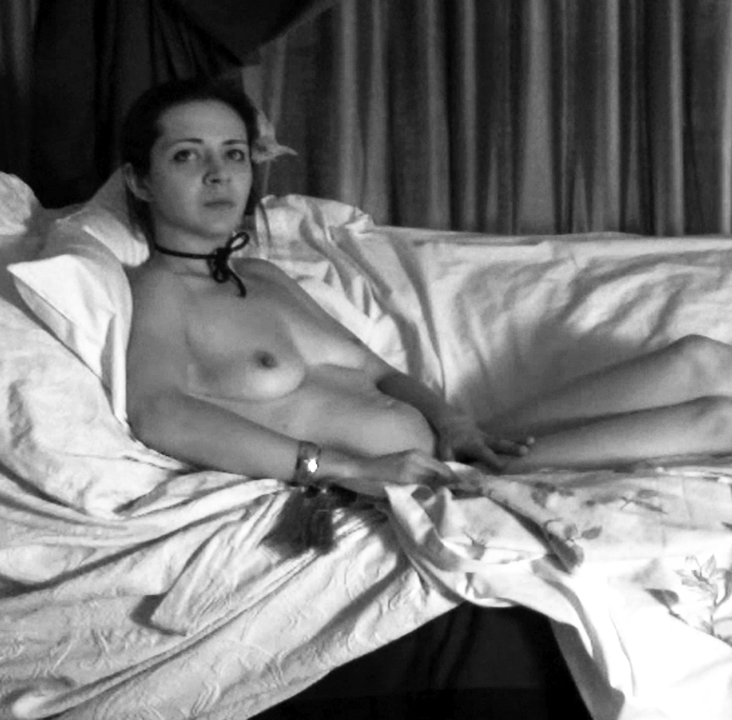
In radical contrast tomost filmmaking processes, Nude Study was created out of raw necessity. ‘We decided to make it and bought the plane tickets before I even wrote it,’ admits Popescu.
We kind of went, ‘We’re going to make a film?’ ‘Yes, let’s do it.’ Once that decision was made … there was no turning back. Once we’d bought those plane tickets, you have to come back with something, so then everything else got caught up in it. You just need those types of people who say, ‘Oh sure, I’ll give that a go.’ … [I]t is stressful at times, it is kind of like running across ice when the ice is falling underneath you.
Working guerrilla style with an unpaid crew, the international shoot lasted seven weeks. ‘We were scheduling miracles,’ remembers Popescu, ‘and they were happening.’ The film’s adventurous, spur-of-the-moment production style was met with an extended burst of dedication from all involved, which resulted in what Popescu calls a ‘bizarre energy’: ‘I think when you are [working] like that you gain momentum, without the option of not doing it. The same sort of energy gets swept along.’
By combining the different available materials (35mm, 16mm and HDV), Popescu was able to turn the supposed disadvantages of low-budget filmmaking into one of the film’s central visual tropes.
The film-within-the-film scenes that focus on Sarah’s increasingly personal nude studies form part of the visual flow of Nude Study. The scenes, which examine the construction of the image of the female body and the materiality of the film itself, create a structure that periodically fractures the narrative flow. Juxtaposing these experimental sequences with more recognisable narrative tropes creates a rhythm that helps propel the film to its climax while simultaneously serving as a way to illustrate the psychological states of the protagonists. Moreover, by combining the different available materials (35mm, 16mm and HDV), Popescu was able to turn the supposed disadvantages of low-budget filmmaking into one of the film’s central visual tropes.
Popescu’s keen interest in the affectivity of film informs his directorial style, as he focuses on the technical aspects of production as much as the writing and acting. ‘I was heavily involved in the technical side, which I think the cameraman was pissed off about,’ he jokes.
I think you have to be involved in both, in the technical and the actors. The actors had a lot of leeway, especially compared to a lot of other scripts … it is important to trust the actors, and once you trust them you are kind of writing it with them.
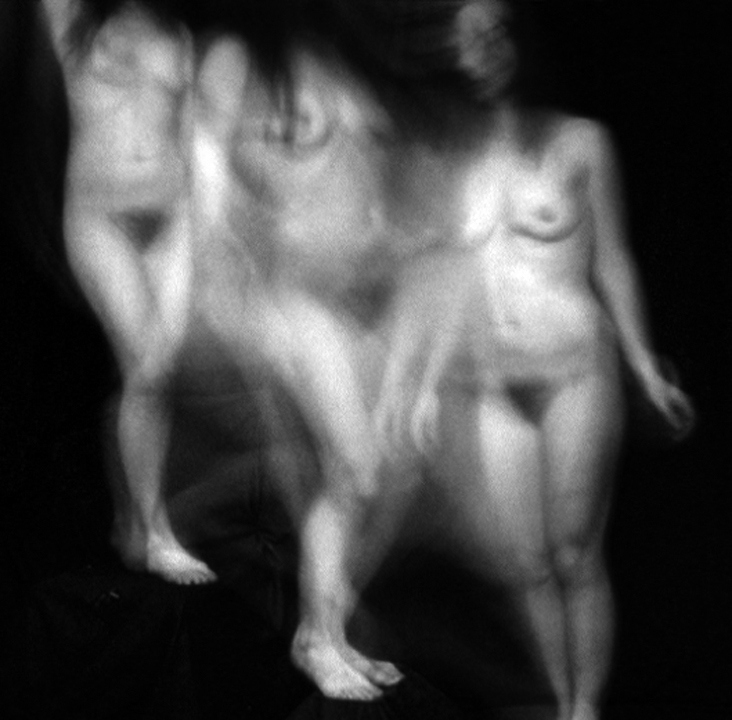
Popescu discussed all the scenes with the cinematographer prior to shooting, but there were ongoing negotiations throughout production. ‘[If] what we were doing wasn’t working, we’d renegotiate it. Or if the cameraman said “You know what, I don’t think you should do that,” we would negotiate that.’
Berger and Popescu agree that they work together with a natural ease. ‘Stefan has got a very strong picture of what he wants,’ Berger explains. ‘I will do what needs to be done [and Stefan]’s good because I can consult with him.’ Berger cites dealing with behind-the-scenes issues as one of Popescu’s strengths, especially when personalities clash or exhaustion takes over – highly likely when people are working long hours for free. Though the filmmakers complement one another’s strengths and are accustomed to working together, Berger admits that ‘It’s not traditional.’ Popescu agrees:
We don’t work in a traditional model. Although Katherine’s the producer it doesn’t mean I am not making producing decisions. Also, by that same respect, [sometimes] she’ll come and whisper something to me – ‘Do you realise this is what’s going on right now? You better smarten up’ – and I’ll take that on.
This relationship owes much to the success of their previous film. ‘We did learn early in Rosebery that too many cooks spoil the broth,’ says Berger. The two developed a system where issues or directions all go through Popescu. ‘We try to keep to that as much as possible,’ says Berger, ‘[because] it gets too messy otherwise.’
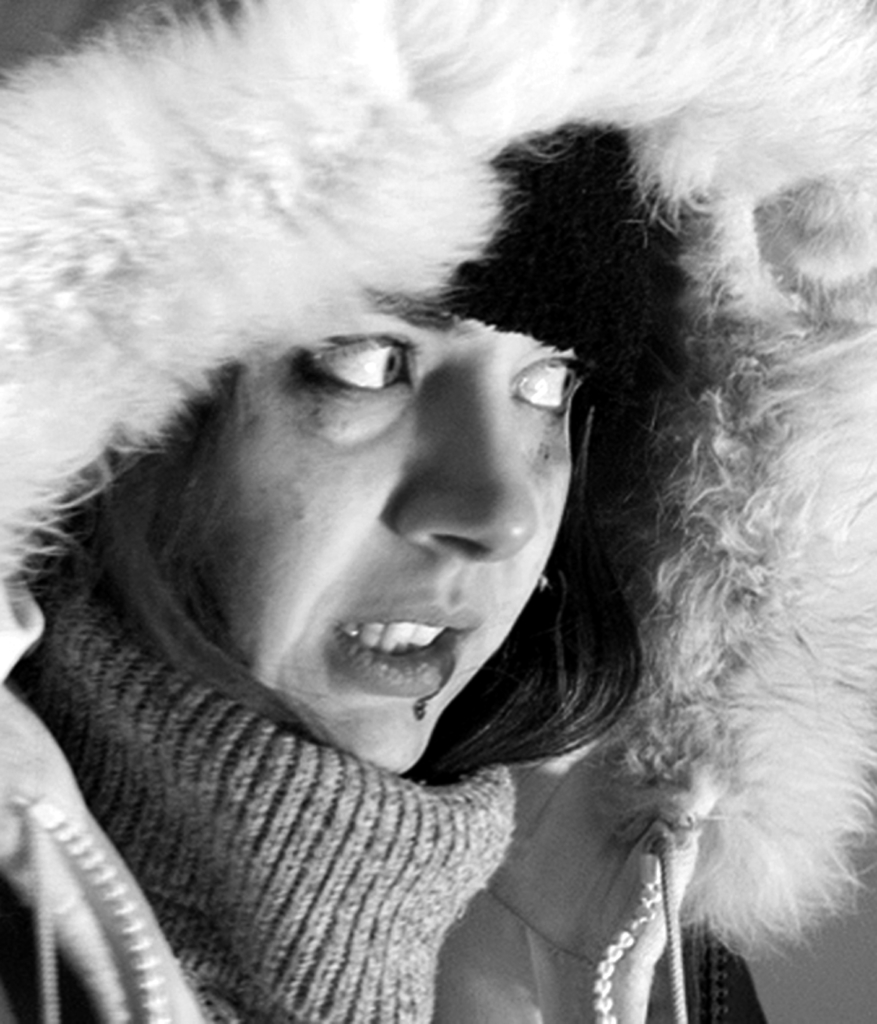
Shooting with a small close-knit crew was, Popescu notes, both beneficial and problematic:
When you know them and they’re on board 100 per cent, it’s good. [But] it’s a tough one – people aren’t getting paid, you all know each other, [and] certainly weird politics can come into it.
The alternative production methods the filmmakers embrace are demanding, and the director observes that this can be a pitfall.
I think that is a big problem about this kind of guerrilla/indie filmmaking. You’ve got to collect like-minded people, and it’s about that. In our situation, [we need] people who are anti-industry as well and that’s really hard. Inherently you have to be anti-industry because the way we work is anti-industry.
Both producer and director admit to learning much from the process of making Nude Study, with Berger wryly contemplating, ‘It would be interesting to see how it would work with a budget.’
While the production methods may seem startling to those more familiar with the bureaucratic treadmill of film funding, KPIs and clearly delineated production rules, the guerrilla methodology as espoused by Berger and Popescu works as an affirmation of an authentically personal cinema that, although thriving at the margins, seems to have all but vanished from the mainstream. For those motivated and willing to engage in film production, it offers the opportunity to produce films with an immediacy and velocity that is sadly lacking in much of the industry. Nude Study is a remarkable work that exemplifies low-budget personal Australian cinema that is making its mark on the global circuit.
